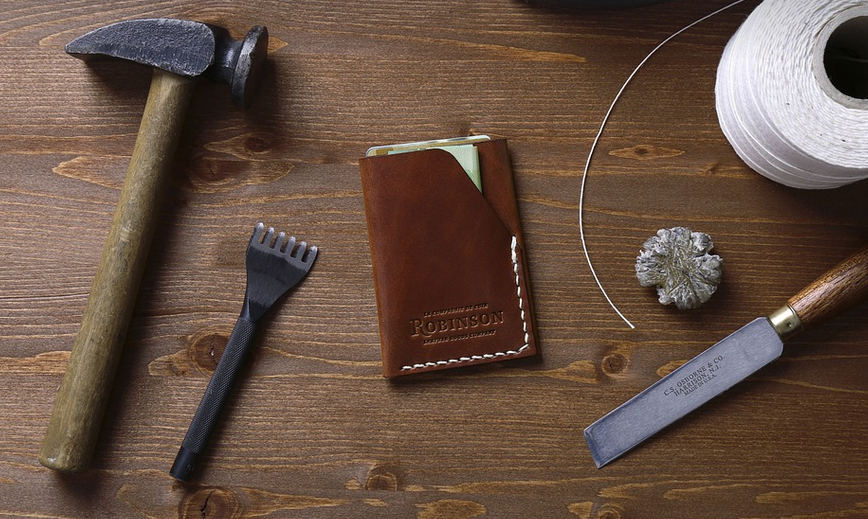
02 Mini Cooper Clutch Replacement: A Comprehensive Guide
What is a clutch?
A clutch in a car plays a pivotal role in the driving experience, enabling smooth gear shifts and optimal power transfer from the engine to the transmission. In essence, it acts as a connecting bridge between these two vital components, allowing controlled engagement of the wheels.
The clutch is typically located on the driver’s side of the vehicle, near the pedals. You’ll notice a clutch pedal that you press down to engage the clutch and then shift gears. Its primary function is to disconnect the engine from the transmission, enabling smooth gear changes without jarring the car.
It’s important to understand how the clutch works before embarking on any replacement. A typical clutch system comprises the throwout bearing (the lever that releases the clutch), the pressure plate (that holds the friction disc in place), and the clutch disc (a rotating disc with friction material). These components work together to transmit power from the engine to the transmission, allowing you to accelerate smoothly.
Why replace your Mini Cooper Clutch?
Like any mechanical part, your Mini Cooper’s clutch will eventually wear down over time. This can lead to a range of issues that impact both your driving experience and car performance. You might start experiencing:
– **Grinding noises:** This is often the first sign that your clutch needs attention. It can occur when the clutch disc is worn out or when there’s an issue with the clutch plate.
– **Difficult gear shifting:** A slipping clutch will cause you to have a hard time finding the right gear, and it might even stall the car at times. This usually indicates that your clutch needs replacement.
– **Loss of power:** If your engine’s power isn’t being transferred smoothly to the wheels, this could be an indication of a worn-out clutch. It might make acceleration feel sluggish or lead to jerky movements in traffic.
– **Increased fuel consumption:** A failing clutch can also impact fuel economy due to inefficient shifting and increased engine strain.
– **Vibrations and noises:** An improperly aligned or damaged clutch can produce unusual vibrations, squealing sounds, or even a grinding noise while operating the car. This is often an indication that there’s damage within the clutch system.
How to replace your Mini Cooper Clutch
While replacing your Mini Cooper’s clutch might seem daunting, it’s a manageable task for both experienced mechanics and DIY enthusiasts willing to delve into the car’s inner workings.
Here’s a step-by-step guide to help you understand the process:
**Step 1: Gather your tools and materials:**
Before you start, ensure you have all the necessary tools and materials on hand. These include:
- Jack & jack stands for lifting the car
- Socket set with various sizes
- Wrenches (various types)
- Brake cleaning kit
- Clutch replacement kit
- New clutch disc
- Pressure plate
**Step 2: Safely prepare the car:**
Loosen the lug nuts and jack up your Mini Cooper. Be extra careful when lifting or working on a vehicle as improper handling can lead to accidents.
Once lifted, secure the car with jack stands for safety. Never work under a car that is solely supported by jacks.
**Step 3: Remove the old clutch:**
Now that your car is safely elevated, you’ll need to disconnect the engine from the transmission.
Carefully remove the old clutch and pressure plate. Note the mounting bolts and their positions as these are crucial for accurate reinstallation of the new components.
**Step 4: Install the new clutch:**
Once you’ve removed the old clutch, install the new one according to your car’s manual instructions.
Align the pressure plate and ensure it sits correctly on the flywheel.
Tighten all bolts securely but avoid overtightening. The correct torque is crucial for a smooth operation of your vehicle
**Step 5: Connect the engine to transmission:**
Reconnect all necessary components and tighten them according to the manual instructions. Make sure to align everything correctly before connecting.
**Step 6: Test drive and adjustments:**
After you’ve completed these steps, start your car. Do a test drive to ensure the clutch is working smoothly. If it feels jerky or hesitant at first, adjust the clutch pedal pressure.
You can use a diagnostic tool to check for any errors.
**Step 7: Final checks:**
Double-check all connections and bolts before driving your Mini Cooper, as minor inconsistencies can lead to malfunctions.
**Tips for smooth clutch replacement:**
- **Consult your manual:** Your car’s service manual is your best friend. It will have detailed instructions tailored specifically to your model of Mini Cooper.
- **Work in a well-ventilated area:** Working on your car can produce fumes and dust, so make sure you’re in a ventilated space or wear a mask when needed.
- **Take breaks:** This process requires time, patience, and precision. Don’t rush; break the work into manageable stages for optimal performance
**Final thoughts: A well-maintained clutch is essential for your Mini Cooper’s longevity. Taking care of your car will ensure smooth driving experiences and avoid costly repairs in the future.
Remember, replacing your clutch can be a complex process. If you’re not comfortable working with a car or have any doubts, it’s best to seek professional help from a qualified mechanic. While DIY replacements are possible, they require precision and care for proper execution.